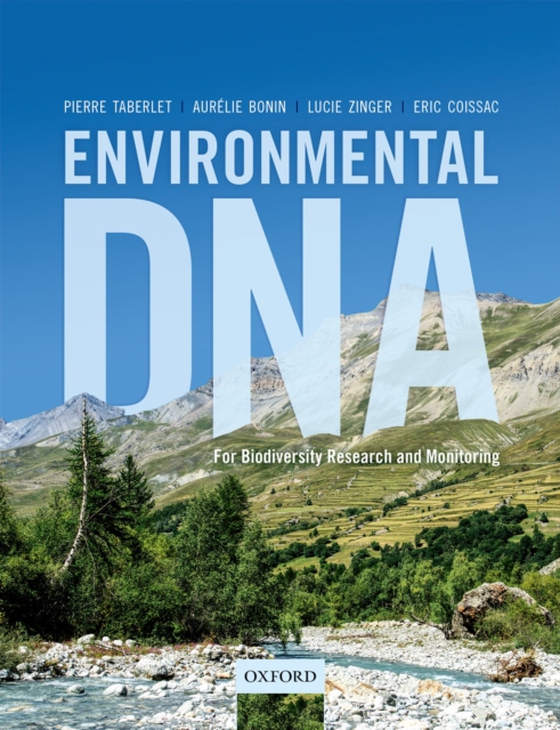
Environmental DNA e-bog
403,64 DKK
(inkl. moms 504,55 DKK)
Environmental DNA (eDNA) refers to DNA that can be extracted from environmental samples (such as soil, water, feces, or air) without the prior isolation of any target organism. The analysis of environmental DNA has the potential of providing high-throughput information on taxa and functional genes in a given environment, and is easily amenable to the study of both aquatic and terrestrial ecosys...
E-bog
403,64 DKK
Forlag
OUP Oxford
Udgivet
2 februar 2018
Længde
272 sider
Genrer
PSAK1
Sprog
English
Format
pdf
Beskyttelse
LCP
ISBN
9780191079993
Environmental DNA (eDNA) refers to DNA that can be extracted from environmental samples (such as soil, water, feces, or air) without the prior isolation of any target organism. The analysis of environmental DNA has the potential of providing high-throughput information on taxa and functional genes in a given environment, and is easily amenable to the study of both aquatic and terrestrial ecosystems. It can provide an understanding of past or present biologicalcommunities as well as their trophic relationships, and can thus offer useful insights into ecosystem functioning. There is now a rapidly-growing interest amongst biologists in applying analysis of environmental DNA to their own research. However, good practices and protocols dealing with environmental DNAare currently widely dispersed across numerous papers, with many of them presenting only preliminary results and using a diversity of methods. In this context, the principal objective of this practical handbook is to provide biologists (both students and researchers) with the scientific background necessary to assist with the understanding and implementation of best practices and analyses based on environmental DNA.
 Dansk
Dansk

